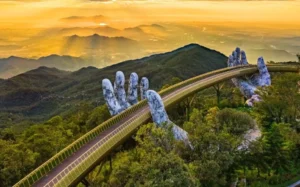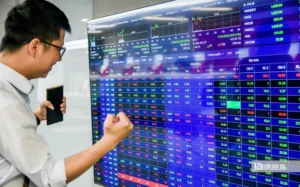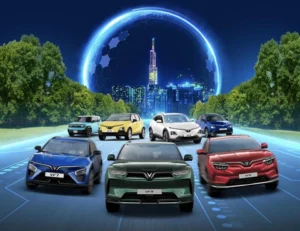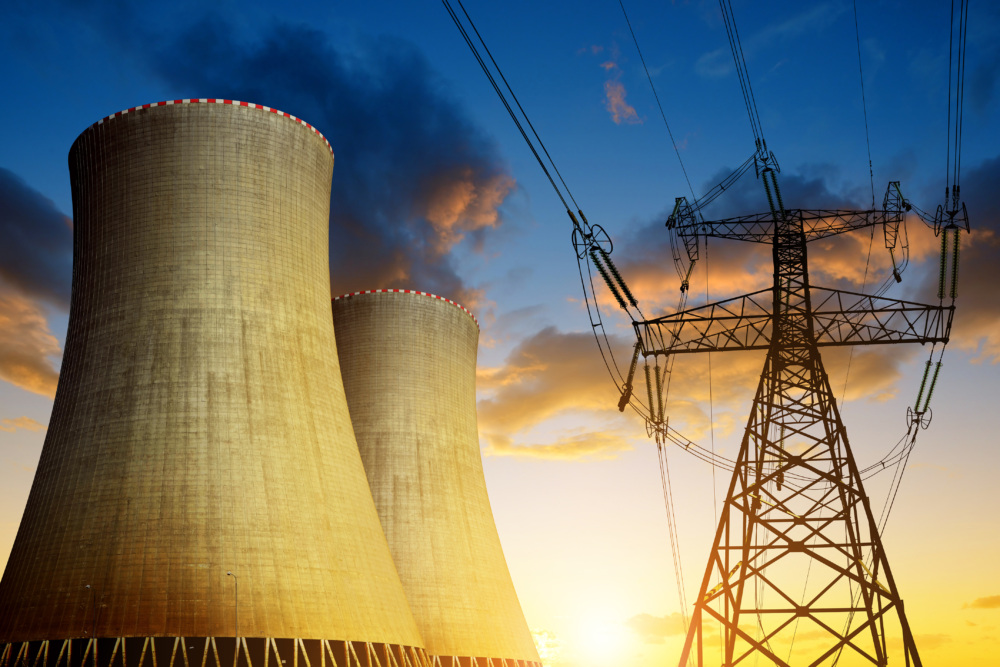Using proven technology is the recommendation of many experts after Vietnam officially restarted the Ninh Thuan nuclear power project.
Nuclear power technology trends?
As of the end of August 2024, there were 415 nuclear power reactors in operation worldwide, with a total installed capacity of 373,735 MWe; 62 reactors are under construction with a total capacity of about 64,971 MWe. In addition to the 32 countries that own and operate nuclear power plants, 20 other countries are considering development to meet energy needs and realize climate commitments.
After the National Assembly officially agreed to continue implementing the investment policy for the Ninh Thuan nuclear power project, the question is, which technology should Vietnam apply? Responding to VTV Times reporter, Mr. Le Dai Dien – former Deputy Director of the Nuclear Training Center, Atomic Energy Institute said that nuclear power plant technology, more specifically, is reactor technology. Reactor technology will determine other components of the plant.
According to Mr. Dien, today when talking about nuclear power plant technology, people often use the classification method according to capacity.
First are the large capacity reactors with standardized reactor/nuclear power plant designs, ranging in capacity from 750 MW to 1500 MW. All of these designs have been commercialized based on proven technologies with reputable suppliers.
Second, small modular reactors (SMRs) have an electrical capacity of less than 300 MWe. It should be noted that the first generation of nuclear power reactors were small in size, as can be seen on nuclear submarines or nuclear-powered aircraft carriers. The difference of current SMRs is the highly standardized design and integration of passive safety features. SMRs address markets where large-scale reactors are not suitable due to low energy demand or weak grids, promising many superior safety and economic characteristics.
Third, microreactors are similar to SMRs but with an electrical power of less than 10 MWe and are designed to be transported on a vehicle as a mobile plant operating on the plug and play principle.
According to the above classification, only large reactors are currently operating and under construction. Of these, about 89% are light water reactors (LWRs), 6% are heavy water reactors (PHWRs), 2% are graphite-moderated light water reactors, and 2% are gas-cooled reactors. While SMRs and micro reactors are still in the early stages of development, many regulatory issues and international law have yet to catch up.
“With the commitment to bring net emissions to “zero” by the middle of the 21st century, large-capacity reactors have become an inevitable trend for many countries due to the increasing demand for energy and the commercialization of proven reactor technologies,” said Mr. Le Dai Dien – former Deputy Director of the Nuclear Training Center, Institute of Atomic Energy Information.
According to the former Deputy Director of the Nuclear Training Center, among the more than 60 reactors currently under construction, there are more than 50 large-capacity reactors with a light pressurized water reactor design. Of these, there are 23 VVER reactors, with 18 VVER-1200 reactors and 5 VVER-1000 reactors… This technology is present in many countries (besides Russia) such as China, Türkiye, Egypt, Bangladesh… A common point of most designs such as the VVER-1200 is that they belong to generation III/III+.
Fast but not in a hurry
Although it was suspended for 8 years, according to experts, the implementation phase of the Ninh Thuan nuclear power project in previous years was an important premise for its restart.
Dr. Hoang Anh Tuan said that Vietnam possesses a well-trained nuclear power human resource. That is about 300 engineering students who have graduated from nuclear power schools in the Russian Federation. Not to mention hundreds of staff trained in other countries related to management, research… In addition, with the feasibility report, the work of selecting locations, surveys, assessments… has been deployed. Those jobs can be completely reused up to now.
In addition, the newly approved Electricity Law (amended) by the National Assembly has also created necessary domestic legal corridors as well as international cooperation in the development of nuclear power. In terms of institutions, Vietnam has been well prepared in terms of international treaties and bilateral agreements with countries on nuclear power technology that were prepared in the previous period.
Regarding the process of restarting Ninh Thuan nuclear power, Mr. Le Dai Dien – former Deputy Director of the Nuclear Training Center, Institute of Atomic Energy emphasized the point of view of speed but not meaning haste, shortcut, no step can be skipped.
“Safety is compliance with regulatory requirements. Many projects in the world are stuck with this when partners do not comply with regulatory requirements, the project has to be extended, leading to increased costs. Therefore, in terms of safety, we must comply with regulatory requirements,” Mr. Dien stated his opinion.
We have gone through the period of implementing the Ninh Thuan nuclear power project, so we need to evaluate, research, and review the work done at the Ninh Thuan nuclear power project before to avoid spreading investment and wasting finances and resources. “The Party and State will have to ensure the selection of the best nuclear technologies, the best consulting partners, and the training of the best management personnel to ensure the safe and effective operation of this national energy project, not only for the present generation but also for future generations,” General Secretary To Lam affirmed.
Proven technologies should be used.
According to Mr. Le Dai Dien – former Deputy Director of the Nuclear Training Center, Atomic Energy Institute, in the context that Vietnam needs energy to develop the digital economy, industrialization and modernization of the country, using small modular reactors (SMRs) is not suitable because the technology has not been verified and commercialized, moreover, the cost will be very high due to having to train a large enough human resource to manage and operate these reactors because the reactors can be located in different locations.
Mr. Le Dai Dien said that to develop nuclear power, Vietnam needs to use proven technology. In the immediate future, for the Ninh Thuan nuclear power project, priority should be given to the VVER-1200 reactor for the Ninh Thuan 1 project in Phuoc Dinh with partner Rosatom. Because this technology is being built and operated in Russia, Belarus, Bangladesh… at the same time, it also aims to avoid wasting time learning from the beginning.
Sharing the same opinion with Mr. Le Dai Dien, Dr. Hoang Anh Tuan – Former Director of the Department of Atomic Energy (Ministry of Science and Technology) also said that developing small capacity modular reactors (SMR) is not suitable for the upcoming period of Vietnam.
Because SMR reactors can only provide a few hundred MWe of electricity, while Vietnam needs large amounts of electricity in the next few decades, that is thousands of MWe. In addition, SMR technology is also in the process of development, just starting to be tested in a few places, not yet commercialized, not fully verified.
“Vietnam’s smart and practical solution should be to use III+ technology, which is the advanced nuclear power generation with large capacity. In the next 20-30 years, when the market is basically stable and needs moderate-sized power sources to meet niche requirements, when SMR technology has been completed and verified, we should consider it,” Dr. Hoang Anh Tuan suggested.
Recently, at a working session with the Standing Committee of Ninh Thuan Provincial Party Committee, General Secretary To Lam emphasized that in the world today, nuclear power is increasingly being chosen and developed by many countries.
Vietnam’s urgent electricity demand is forecast to continue to increase. Developing nuclear power will help diversify supply sources, ensure energy security and transition to green energy, helping Vietnam achieve its goal of net zero emissions by 2050.
Besides, implementing nuclear power projects is also an opportunity for our country to develop high-quality human resources, enhance national science and technology potential, participate in the global nuclear power industry supply chain, and be able to learn and master the world’s nuclear technology in the future.
















